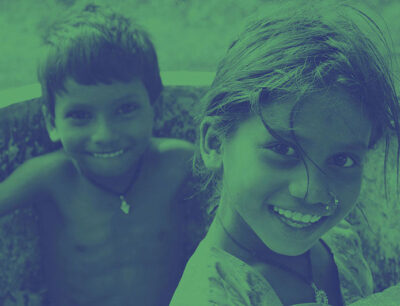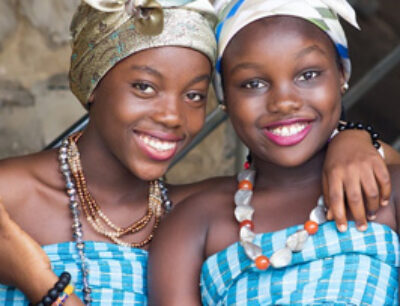Galenica at Vivatech 2024 – Press Coverage
Galenica at Vivatech 2024 - Read the Press Coverage and Clippings
The form is not published.

Galenica at Vivatech 2024 - Read the Press Coverage and Clippings

The investment is the foundation’s latest effort to bring the benefits of AI to low- and middle-income countries.

Key insights from the conference, as reported by Premium Times, highlighted the critical role AI could play in establish
